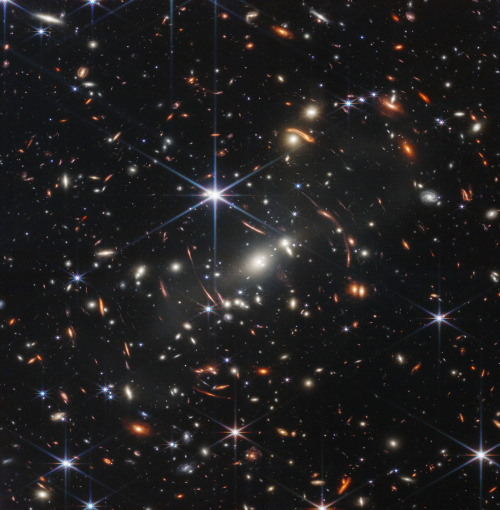
andrei, he/him, 21, made this at 14 when i was a space nerd but i never fully grew out of that phase so,,,,..,hubble telescope + alien life + exoplanet + sci fi nerd
245 posts
Latest Posts by starlost - Page 2
🤠🤠🤠🤠


(Link)


The luminous heart of the galaxy M61.
what if...................... i was chilling............ and then a tumblr infographic said only 8% of all the planets that will ever exist have already been formed and earth is one of them there are 92% more planets to exist we're not alone we're just first we're not alone we're just early if the entire universe was 100 planets we would be in the first eight and the other ninety-two don't exist yet new planets will be born as ours becomes a faded memory to the vast expanse of the universe we're not alone we're just early our entire existence is a smear on the windscreen of the cosmos the universe is unimaginably big but unimaginably small compared to what it will be we're not alone we won't be alone we're just early
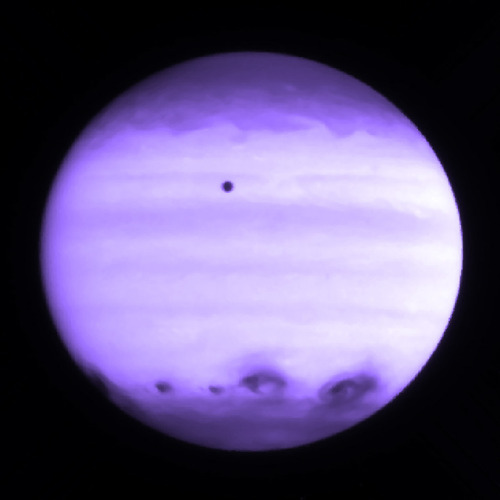
Hubble’s view of Jupiter on July 21, 1994. Credit: NASA/Hubble Space Telescope Comet Team

Crab Nebula - a supernova remnant in the constellation Taurus.
Image Credit: NASA, ESA, J. Hester, A. Loll (ASU)




Close-Up of the Helix Nebula
This cropped version of the Helix Nebula mosaic shows cometary-filaments embedded along a portion of the inner rim of the nebula’s red and blue gas ring. At a distance of 650 light-years, the Helix is one of the nearest planetary nebulae to Earth.
Credit: NASA, NOAO, ESA, the Hubble Helix Nebula Team, M. Meixner (STScI), and T.A. Rector (NRAO).
seeing the photos from Webb up against photos from Hubble just makes me… I don’t even know like, wow! Look at that!









shit man this got me emotional


Webb's First Deep Field (Detail)
Credits: IMAGE: NASA, ESA, CSA, STScI



Have you guys seen the James Webb telescope pictures yet?
COMPARISON PHOTOS: hubble vs james webb
SMACS 0723
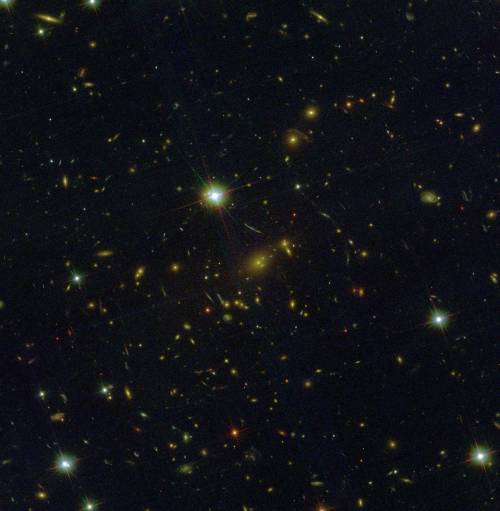
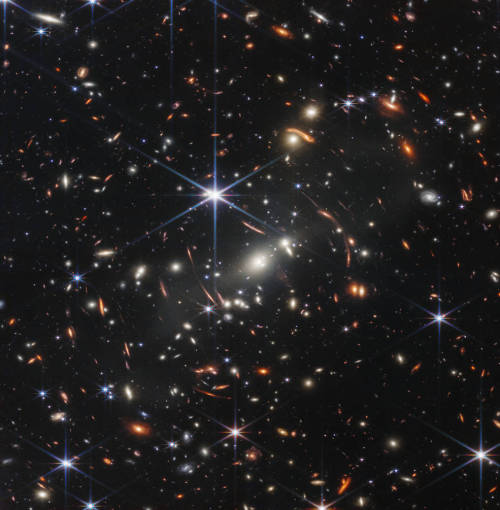
southern ring nebula

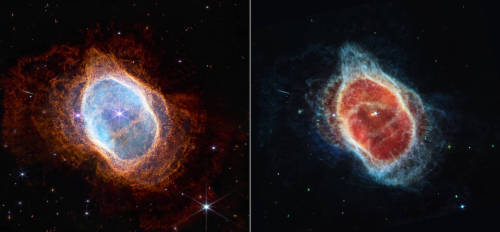
carina nebula (NGC 3324)
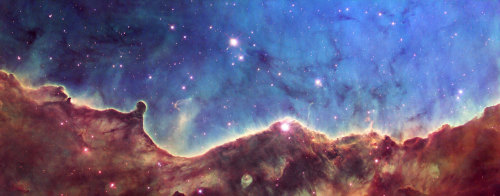

stephan's quintet


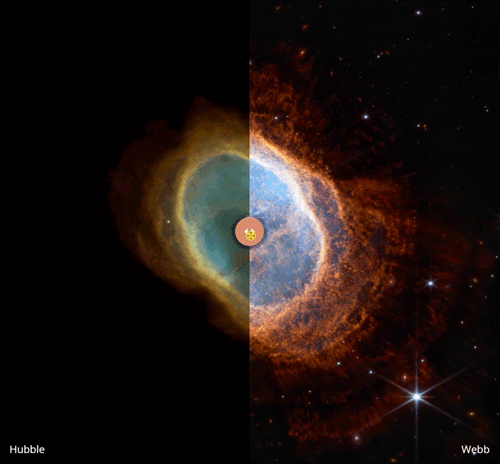
Hubble Telescope image vs. James Webb Telescope

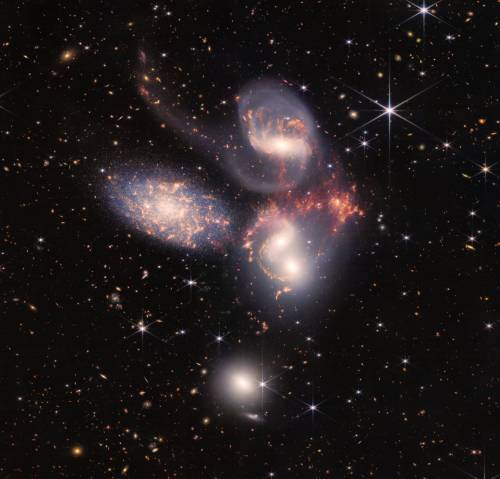
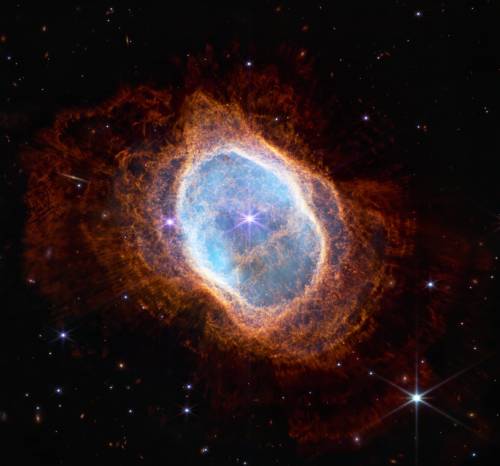
NASA’s Webb Space Telescope Reveals Astounding, Unprecedented Views of the Universe
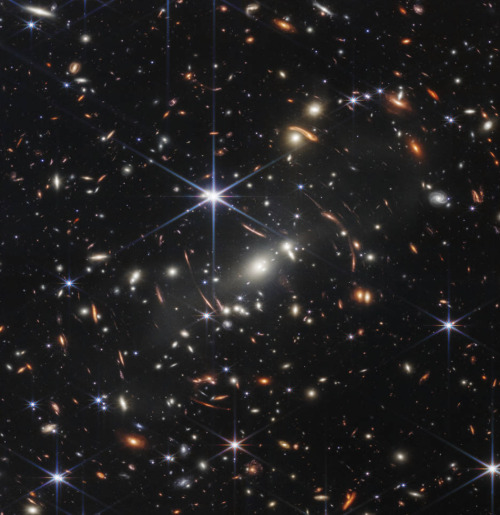
This first image from NASA’s James Webb Space Telescope is the deepest and sharpest infrared image of the distant universe to date. Known as Webb’s First Deep Field, this image of galaxy cluster SMACS 0723 is overflowing with detail. Thousands of galaxies – including the faintest objects ever observed in the infrared – have appeared in Webb’s view for the first time. This slice of the vast universe covers a patch of sky approximately the size of a grain of sand held at arm’s length by someone on the ground.

Hubble’s view of the Carina Nebula, from the 2007-2009 era I think?

JWST’s view of the same nebula, July 12, 2022


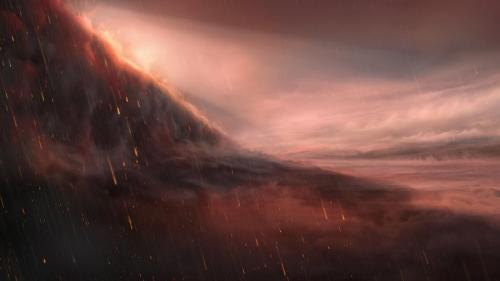
Molten iron rain falls through the skies of scorching-hot exoplanet
WASP-76b is a hot Jupiter exoplanet discovered during 2013 that can be found in the constellation Pisces. It orbits a F-type star (WASP-76) and has a size 0.92 that of Jupiter’s mass. In March 2020, it was speculated the temperature on the planet could reach 2,400 °C on the hot side, hot enough to vaporize neutral iron. If the night side of WASP-76b had temperatures down to at least 1,400 °C, the iron may condense then rain down as hot liquid iron on its surface.
The atmosphere of WASP-76b is cloudy and mostly grey, with a significant amount of thermal incandescence.






Exoplanet Exploration: “Galaxy of Horrors”

Planet uranus
Credit : NASA

What is a Rogue Planet?
A rogue planet (also termed a free-floating (FFP), interstellar, nomad, orphan, sunless, starless, unbound or wandering planet) is an interstellar object of planetary-mass, therefore smaller than fusors (stars and brown dwarfs) and without a host planetary system. Such objects have been ejected from the planetary system in which they formed or have never been gravitationally bound to any star or brown dwarf. The Milky Way alone may have billions to trillions of rogue planets, a range the upcoming Nancy Grace Roman Space Telescope will likely be able to narrow down.
Source
image Credit: ESO/L. Calçada/P. Delorme/R. Saito/VVV Consortium
nasa space tourism posters <333333333



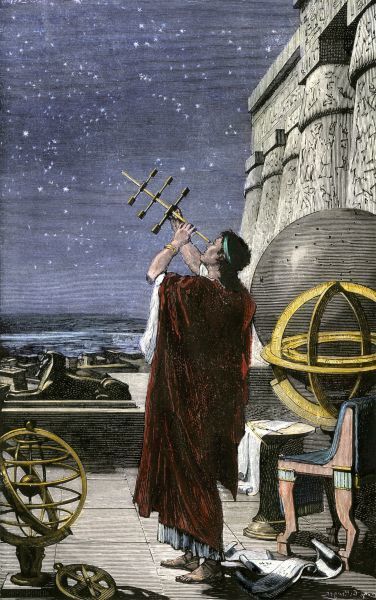



the astronomy students
drawing your own star charts
staying up late to watch a meteor shower
constellations painted on your ceiling
tracking the planets, noting their paths in a pocket-sized journal
an old wool scarf wrapped around your neck to keep out the cold
marveling over photographs of distant galaxies
retelling the stories of Orion and Cassiopeia
the glittering expanse of a cloudless night sky
moonlight shining through gauzy curtains
driving somewhere remote to see the milky way, far from the light pollution of the city
looking for your place in the cosmos
finding comfort in the vastness of the universe, in your own comparative insignificance
a model of the solar system resting on your desk
old sci-fi novels with battered covers
studying the contributions of Copernicus and Al-Battani and Kepler
watching the moon wax and wane
your favorite blanket wrapped around your shoulders
maps of the constellations, illustrated with figures from the associated myths
wondering about life on other worlds
memorizing the constellations, noting how their positions move as the seasons change
a thermos of hot tea
stargazing with friends, gazing up and watching for shooting stars
learning the physics of stars and planets
a fascination with the unknown
The first compact solar system discovered was the Kepler-11 system. It’s a compact solar system, which means it has planets very close to its sun. There are five planets by its sun, closer to its Sun than Mercury is to ours.
